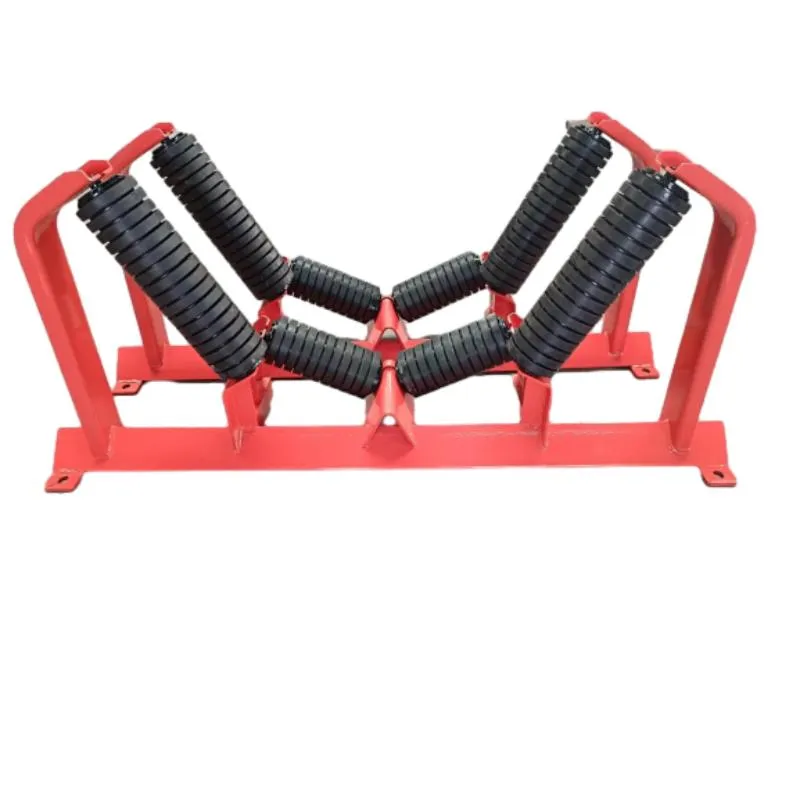 Afrikaans
Afrikaans  Albanian
Albanian  Amharic
Amharic  Arabic
Arabic  Armenian
Armenian  Azerbaijani
Azerbaijani  Basque
Basque  Belarusian
Belarusian  Bengali
Bengali  Bosnian
Bosnian  Bulgarian
Bulgarian  Catalan
Catalan  Cebuano
Cebuano  Corsican
Corsican  Croatian
Croatian  Czech
Czech  Danish
Danish  Dutch
Dutch  English
English  Esperanto
Esperanto  Estonian
Estonian  Finnish
Finnish  French
French  Frisian
Frisian  Galician
Galician  Georgian
Georgian  German
German  Greek
Greek  Gujarati
Gujarati  Haitian Creole
Haitian Creole  hausa
hausa  hawaiian
hawaiian  Hebrew
Hebrew  Hindi
Hindi  Miao
Miao  Hungarian
Hungarian  Icelandic
Icelandic  igbo
igbo  Indonesian
Indonesian  irish
irish  Italian
Italian  Japanese
Japanese  Javanese
Javanese  Kannada
Kannada  kazakh
kazakh  Khmer
Khmer  Rwandese
Rwandese  Korean
Korean  Kurdish
Kurdish  Kyrgyz
Kyrgyz  Lao
Lao  Latin
Latin  Latvian
Latvian  Lithuanian
Lithuanian  Luxembourgish
Luxembourgish  Macedonian
Macedonian  Malgashi
Malgashi  Malay
Malay  Malayalam
Malayalam  Maltese
Maltese  Maori
Maori  Marathi
Marathi  Mongolian
Mongolian  Myanmar
Myanmar  Nepali
Nepali  Norwegian
Norwegian  Norwegian
Norwegian  Occitan
Occitan  Pashto
Pashto  Persian
Persian  Polish
Polish  Portuguese
Portuguese  Punjabi
Punjabi  Romanian
Romanian  Russian
Russian  Samoan
Samoan  Scottish Gaelic
Scottish Gaelic  Serbian
Serbian  Sesotho
Sesotho  Shona
Shona  Sindhi
Sindhi  Sinhala
Sinhala  Slovak
Slovak  Slovenian
Slovenian  Somali
Somali  Spanish
Spanish  Sundanese
Sundanese  Swahili
Swahili  Swedish
Swedish  Tagalog
Tagalog  Tajik
Tajik  Tamil
Tamil  Tatar
Tatar  Telugu
Telugu  Thai
Thai  Turkish
Turkish  Turkmen
Turkmen  Ukrainian
Ukrainian  Urdu
Urdu  Uighur
Uighur  Uzbek
Uzbek  Vietnamese
Vietnamese  Welsh
Welsh  Bantu
Bantu  Yiddish
Yiddish  Yoruba
Yoruba  Zulu
Zulu Efficient Design Solutions for Troughing Idlers in Conveyor Systems
Understanding Conveyor Troughing Idlers Essential Components for Efficient Material Handling
Conveyor systems play a crucial role in various industries, including mining, agriculture, and manufacturing. Among the essential components of these systems are conveyor troughing idlers. These devices primarily support the conveyor belt while guiding and maintaining its alignment. In this article, we will explore the significance of troughing idlers, their design, and their operational benefits.
What are Conveyor Troughing Idlers?
Troughing idlers are specialized rollers designed to support the load of materials being transported on a conveyor belt. They are typically arranged in a trough shape, which helps to contain materials and prevent spillage during transport. This design is particularly effective for bulk materials such as coal, gravel, and grains, where maintaining the integrity of the load is critical.
Design and Construction
The construction of troughing idlers usually involves a series of cylindrical rollers mounted on a supporting frame. The rollers themselves can be made from various materials, including steel, rubber, or plastic, depending on the specific application and environmental conditions. The angle of the idlers can vary, with common configurations including 20, 30, and 45 degrees. The choice of angle affects the capacity and performance of the conveyor system.
One of the critical aspects of troughing idler design is the incorporation of a self-cleaning mechanism. As materials move along the conveyor, they often produce dust and debris, which can accumulate on the idlers, potentially leading to belt misalignment and increased wear. Modern troughing idlers are designed with features that minimize dirt buildup, enhancing their efficiency and prolonging their lifespan.
Operational Benefits
conveyor troughing idlers

1. Material Containment The primary purpose of troughing idlers is to contain bulk materials within the confines of the conveyor belt. This containment not only ensures efficient material handling but also mitigates environmental concerns related to spillage. By preventing materials from escaping, troughing idlers contribute significantly to operational safety and cleanliness.
2. Belt Support and Alignment Troughing idlers provide essential support along the length of the conveyor belt. Properly spaced idlers ensure that the belt remains aligned and stable during operation, reducing the risk of belt damage or misalignment. This support is particularly critical in long conveyor systems, where even slight misalignments can lead to significant issues over time.
3. Reduced Wear and Tear The rolling action of troughing idlers significantly reduces the friction between the belt and the structure of the conveyor. This decreased friction leads to lower wear and tear on both the belt and the idlers themselves. Consequently, this not only extends the lifespan of the components but also reduces maintenance costs.
4. Energy Efficiency By minimizing friction and optimizing belt alignment, troughing idlers contribute to the overall energy efficiency of the conveyor system. A well-maintained system with properly functioning idlers will require less energy to operate, leading to reduced operational costs and lower carbon emissions.
Maintenance Considerations
While troughing idlers are designed for durability, regular maintenance is essential to ensure optimal performance. Routine inspections can help identify signs of wear, misalignment, or dirt buildup. Proper lubrication of the roller bearings is also crucial to prevent seizing and ensure smooth operation. When any defects are observed, timely repairs or replacements should be made to avoid further complications within the conveyor system.
Conclusion
In summary, conveyor troughing idlers are vital components integral to the success of any conveyor system. Their design not only facilitates the efficient transport of bulk materials but also enhances the overall reliability and longevity of conveyor operations. Investing in high-quality troughing idlers and adhering to maintenance schedules can substantially improve material handling efficiencies, reduce costs, and ensure the smooth operation of industrial processes. Understanding the functionality and importance of these idlers is essential for anyone involved in the design, implementation, or management of conveyor systems.
-
Taper Centering Idler Set for Conveyor SystemsNewsJun.25,2025
-
Small Idler Rollers for Industrial ConveyorsNewsJun.25,2025
-
Guide Training Idler Set for Conveyor MaintenanceNewsJun.25,2025
-
Friction Offset Idler Set for Industrial UseNewsJun.25,2025
-
Double-Center-Roller Idler AlignmentNewsJun.25,2025
-
Channel Inset Impact Troughing Idler Set for Heavy LoadsNewsJun.25,2025





























